Please note that Elizabeth is NOT the Goddess of Sovereignty. This ceremony would remain the same regardless of the gender of the monarch.
She is the sovereign. Hence there are elements in this coronation which stretch back through the centuries; and have their origin in the receiving of power from the Goddess of Sovereignty.
Elizabeth arrives in white - Maiden - not yet in possession of her realm. But her throne is red - Mother - in full ownership of the land.
She is surrounded by peers and religious leaders, who are all wearing white and red cloaks. Elizabeth herself starts with a matching one, but it is thrown open to emphasize the white. Red and white together indicate a change in monarch. Very fitting for a coronation!
Finally, she's covered in gold. No longer a Maiden in white, as she's anointed monarch of the land. That mantle could have been equally red, green or gold. But, let's be honest, the latter looks the part and leaves no doubt in the modern view as to what's going on.
Britain is officially a Christian nation, so all of the bishops et al. are men (women weren't ordained in the Church of England in 1952). But you should see them as the true representatives of the Goddess of Sovereignty there.
In amongst all of the 'please look after the Church of England!' stuff, listen to the interlaced words. They are binding Elizabeth, as monarch, to the land itself.
"The things that I have here before promised, I will perform and keep, so help me God." She says, but why the 'help me'? Is she asking for divine guidance in the performance of her duties? No, the extolment would have come first if that was the case.
The hint here is that, if she didn't live up to her promise, she would be sacrificed. The 'help me God' is an acknowledgment of dire consequences in betraying the land and its people. Again it's symbolic, as it's highly unlikely that the British people would cut her down in the 21st century.
There is just one element in all of this which would have made our Pagan forebears (and people like me today!) raise their eyebrows. For the first time, a Scottish minister is allowed to participate. That's fine and dandy, but he wears black.
Black is the color of the Crone. That's a loss of power. It's fascinating to place that against the fact that, at the time of writing, Scotland is preparing a referendum on devolution. Scotland could well be lost to the British throne within Elizabeth's reign.
Coincidence?



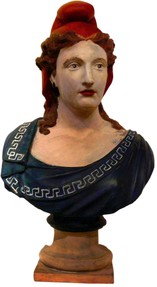 Look at the poster above. What do you see?
Look at the poster above. What do you see?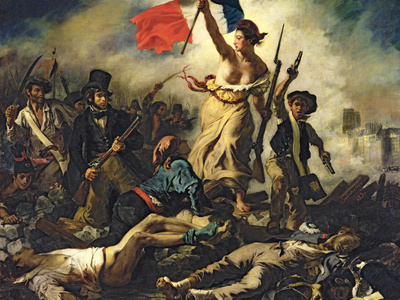
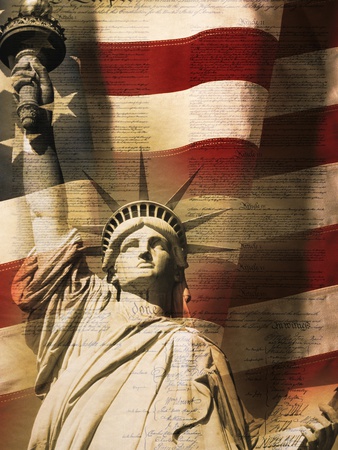
 In its simplest, most visible form, sovereignty is personified as our world leaders.
In its simplest, most visible form, sovereignty is personified as our world leaders. 


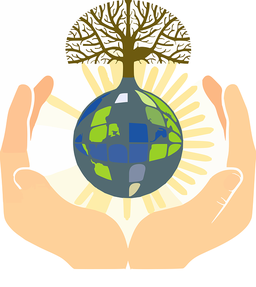 The cultural image of the Earth as a woman isn't new, but it's very pervasive. You rarely, if ever, hear of Father Earth, despite many of the biggest religions stating categorically that it was a male deity who created the planet.
The cultural image of the Earth as a woman isn't new, but it's very pervasive. You rarely, if ever, hear of Father Earth, despite many of the biggest religions stating categorically that it was a male deity who created the planet.







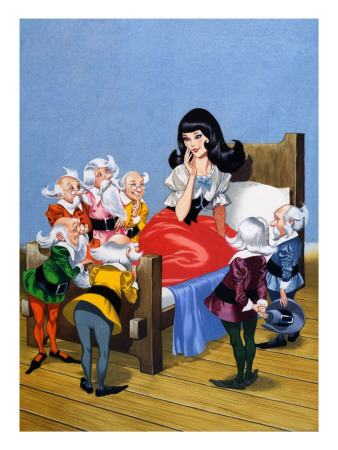






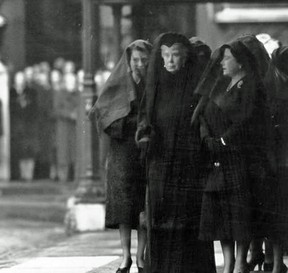 There is something implicit in the notion of the sacral king. It's already been alluded to several times.
There is something implicit in the notion of the sacral king. It's already been alluded to several times.

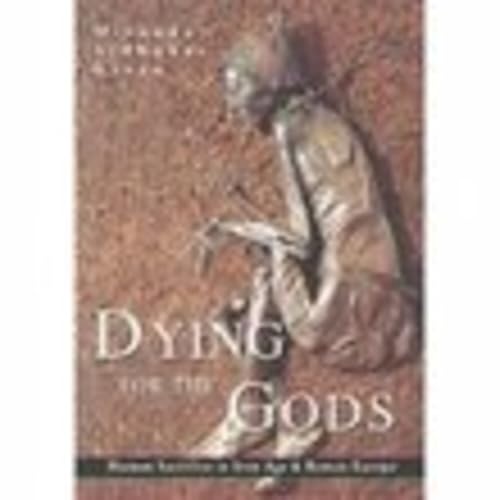






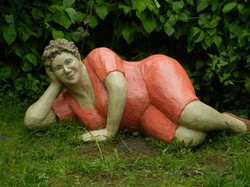

 St Tydecho's Churches in West Waleson 09/03/2014
St Tydecho's Churches in West Waleson 09/03/2014
 Goodies for an Outlander Premiere Partyon 03/06/2015
Goodies for an Outlander Premiere Partyon 03/06/2015
 Holocaust Memorial Day Interview with Rainer Höss, Grandson of Rudolf Architect of Auschwitzon 01/24/2015
Holocaust Memorial Day Interview with Rainer Höss, Grandson of Rudolf Architect of Auschwitzon 01/24/2015
 Romantic Valentine Gifts for an Outlander Fanon 01/16/2015
Romantic Valentine Gifts for an Outlander Fanon 01/16/2015

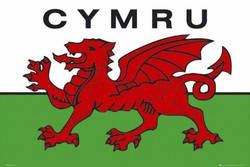
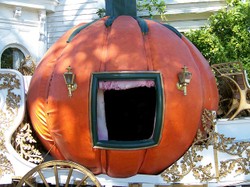
Comments
LOL Yes, it does!
Glastonbury Tor resembles a breast.
You're on one of those scholarly, spiritual journeys that I love so well. Enjoy your own!
And yes, I am giggling at the fact that you missed the introduction and went straight into the higher academia. :)
I find it funny that I've managed to read some of the more complex pieces and THEN I read this one, which introduces it much more simply... xD
I feel like I've added another piece to the puzzle now, though what I'm piecing together exactly, I've no clue. :|
You're not the only Wizzley author encouraging me to write a book right now. I'll have to give it some thought. :)
I would think so. There's so many layers.
As I was writing it, I was finding it so hard to keep it condensed. This IS the short version! Maybe a book could be in it.
I'm glad that you liked it. <3
Fantastic! I love the videos! When is the book coming out? :-))
It really explains a lot!